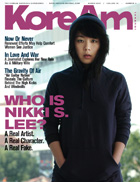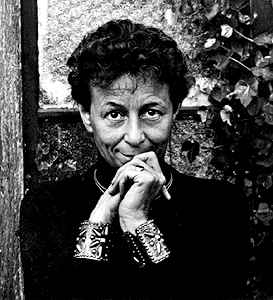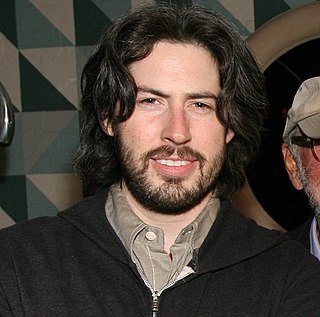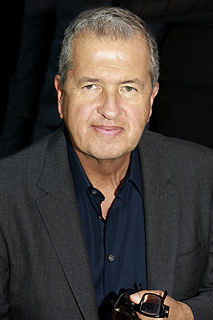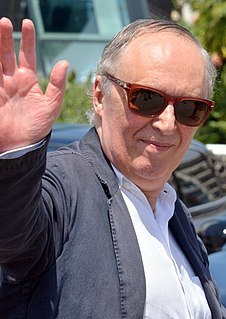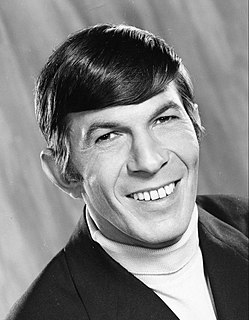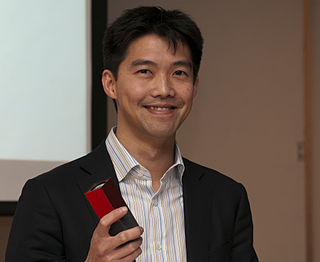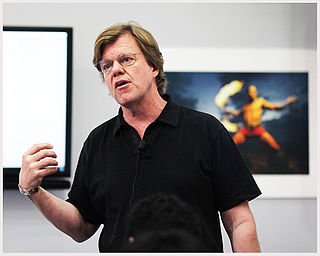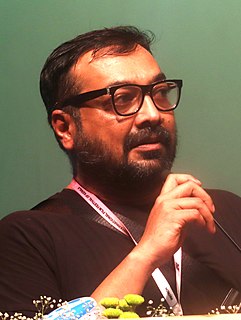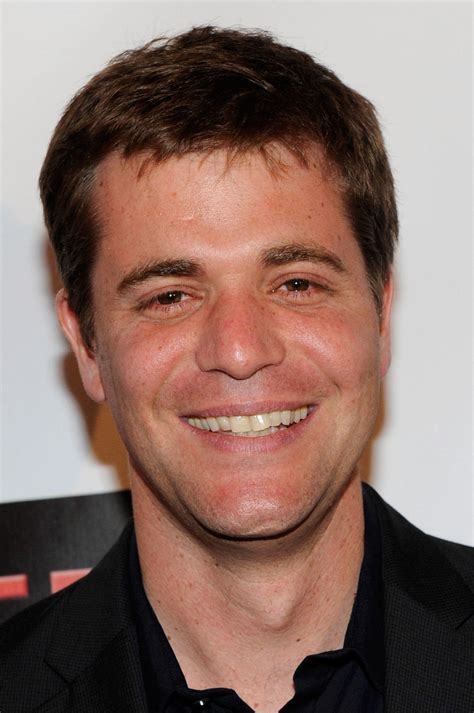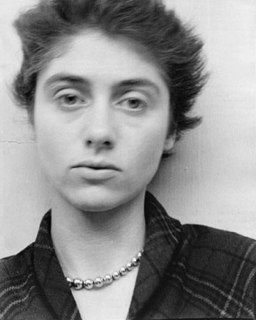A Quote by Jay Maisel
Always carry a camera, it's tough to shoot a picture without one.
Related Quotes
I don't want to carry big things around with me. I'm lazy. The snapshot camera, you just carry it around and take the picture. You don't need to think about anything. People in the street are not going to wait for you with a big camera. They would freak out. With a snapshot camera, they are comfortable.
The selfie has become a new autograph, but it takes twice as long to do as a real autograph. I do it because I'm like, "What am I going to do, these people bought me my house." Why am I not going to take a picture with them except I always say, "You have to hold it up! Shoot down or it's really ugly if you shoot up!" So not only does it take longer, you have to teach them camera angles.
I'm really specific in the way that I shoot. I've always had a very good sense of what I need in the editing room. I used to shoot in a way that drew more attention to the camera and I've tried, in each film, to draw less and less attention to the camera. I think when you pay attention to the shots, you're aware of the fact that there's a director.
I waited a long time, an hour or two, to make that picture perfect. But I wasn't totally satisfied. Then, when I'd finished the shoot, they were about to leave and they suddenly hugged in front of a radiator. I took my camera and that was the picture that ran everywhere - it was spontaneous emotion you could see they were completely in love.
Making photos is helpful of course to master the craft. To get comfortable with the camera. Learn what a camera can do and how to use the camera successfully. Doing exercises for example if you try to find out things that the camera can do that the eye cannot do. So that you have a tool that will do what you need to be done. But then once you have mastered the craft the most important thing is to determine why you want to shoot pictures and what you want to shoot pictures of. That's where the thematic issue comes to life.

